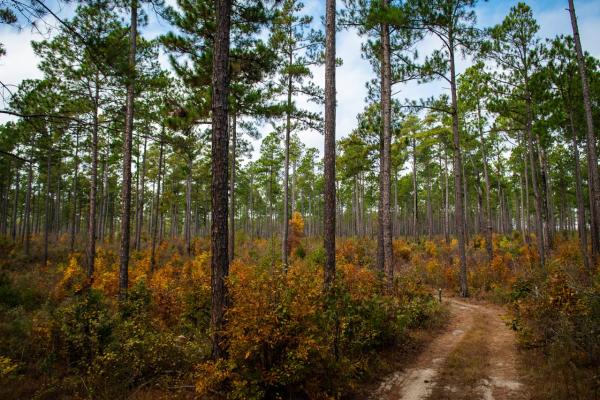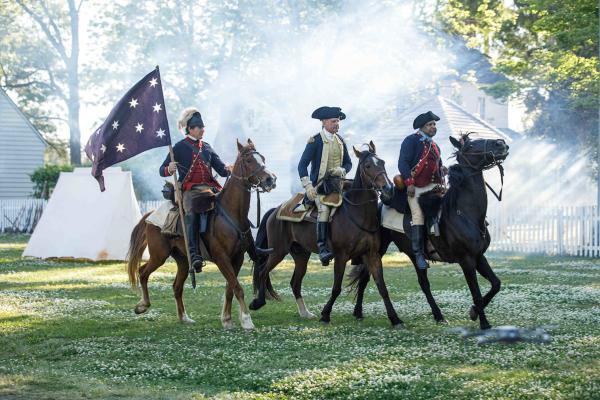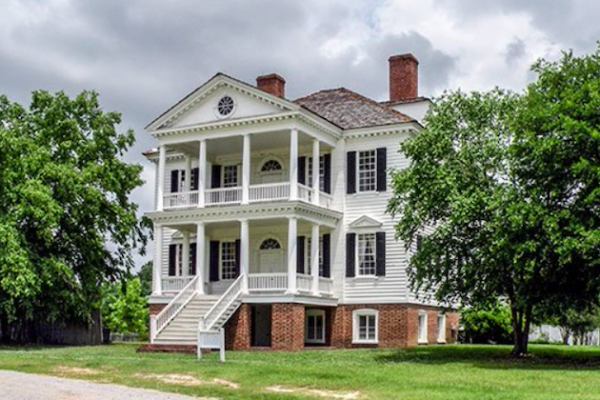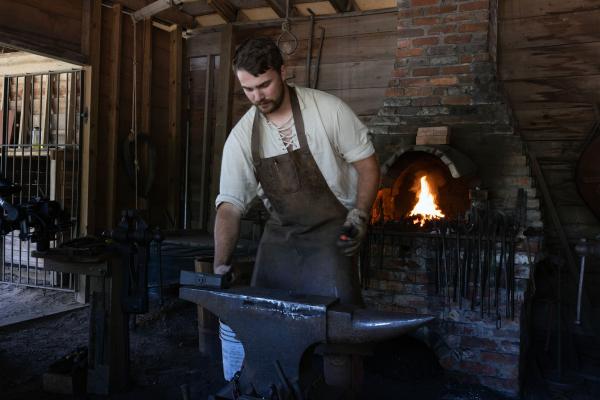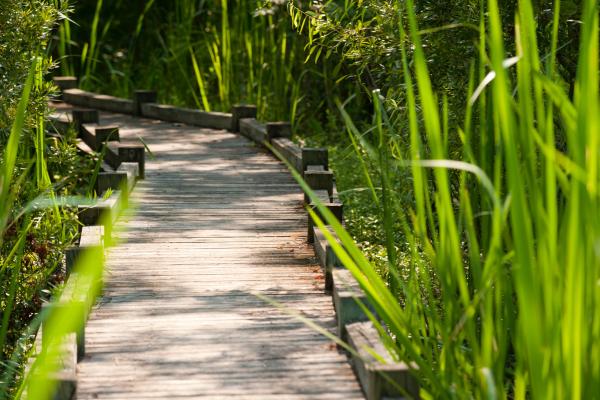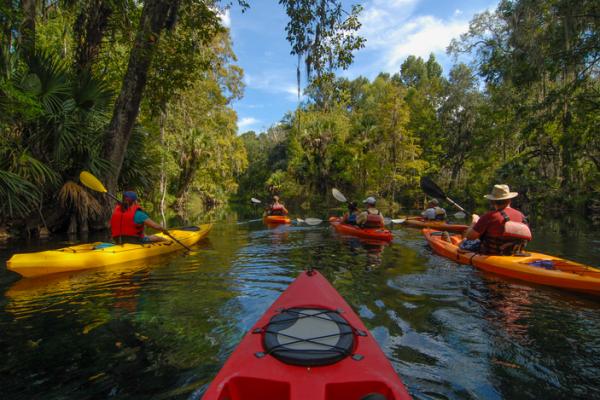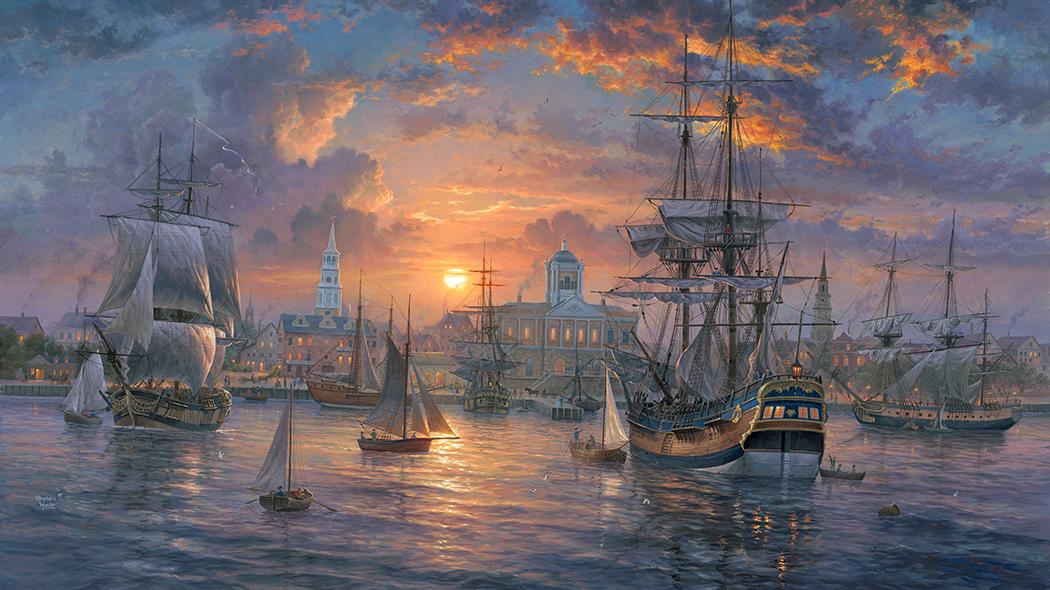
Washington's visit to Charleston: The First President Tours the South
Reposted from battlefields.org by Mark Maloy
The first President of the United States, George Washington, made his first and only visit to Charleston in May 1791. Although he spent little more than a week in the city, it was a well-remembered visit that left reminders to this day. The visit was a major event for the city, and all the survivors and heroes from the war came to welcome the American commander-in-chief. The stop was part of a southern tour of the new United States. Washington, looking to promote unity between the states, also wanted to learn firsthand the South’s view of the new Union. The trip lasted over three months, covering more than 1,800 miles and going as far south as Savannah, Georgia. The largest city Washington saw on this tour was Charleston, which he visited from May 2 to May 9, 1791.
After having breakfast at Governor Charles Pinckney’s plantation, Snee Farm, on May 2, Washington proceeded to Haddrell’s Point in Mount Pleasant, where he was joined by early political and military leaders such as Revolutionary War general and delegate to the Constitutional Convention Charles Cotesworth Pinckney, Revolutionary War cavalry hero William Washington, and Declaration of Independence signer Edward Rutledge. They then got into a boat with 12 elegantly dressed oarsmen and a captain to make a symbolic 13 seamen (for the 13 original states). As they rowed across the Cooper River towards Charleston, the party was joined by other boats full of well-wishers and people singing songs to the illustrious Washington. They sang, “He comes! he comes! The hero comes. Sound, sound your trumpets, beat your drums, from port to port let cannons roar, his welcome to our friendly shore!” Upon their approach to the city, artillery pieces fired salutes, and the church bells of St. Michael’s rang in honor of the president.
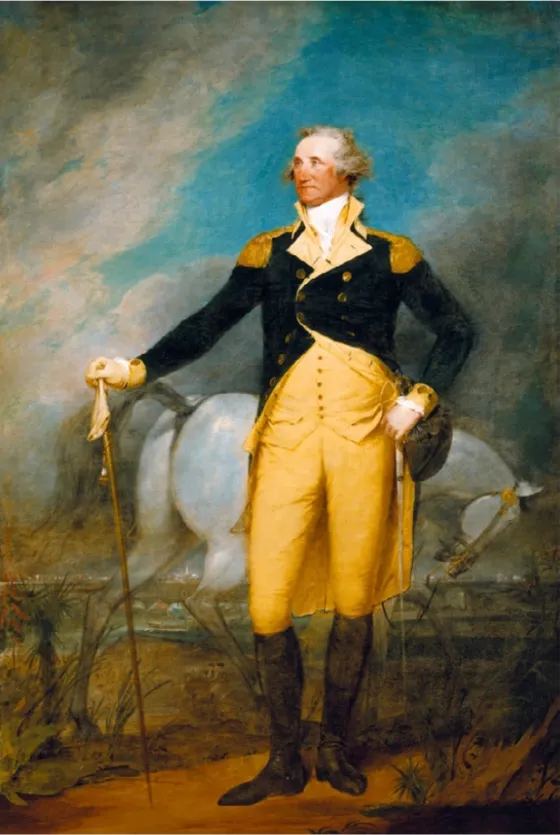
Washington landed in Charleston at Prioleau’s Wharf (today near Vendue Range). As he entered the city, he saw a massive crowd of thousands that had gathered to greet him. Among the official receiving party were Governor Charles Pinckney, Lt. Governor Isaac Holmes, the Intendant, or mayor of Charleston, both United States senators, the city councilmen, and the local members of the Society of the Cincinnati (former officers of the Continental Army). Washington was welcomed by this delegation and escorted down to the Old Exchange Building. From there, Washington watched as the militia marched past him, followed by a throng of townspeople. After being thus welcomed to the city, Washington was escorted to his lodgings at Thomas Heyward’s house, which the city had leased for his use. Washington then dined with Governor Pinckney and several others at Pinckney’s home at 16 Meeting Street. The home is no longer there as it was destroyed during the Civil War.
The next morning, May 3, Washington had breakfast at John Rutledge’s home. Although Rutledge was not there then, Rutledge’s wife, Elizabeth, welcomed Washington. He was then lavishly entertained at the Old Exchange Building in the afternoon by many of the people of Charleston. Toasts were raised, and an artillery piece would be fired for every toast to General Washington to signal those not personally at the Exchange to toast the General from their homes.
On the morning of May 4, Washington toured the siege lines where Lincoln’s army had put up a vigorous defense in 1780. In his diary, he noted, “I visited and examined the lines of Attack & defence of the City and was satisfied that the defence was noble & honorable altho the measure was undertaken upon wrong principles and impolitic.” That afternoon, Washington dined at McCrady’s tavern with the local Society of the Cincinnati. In the evening, he attended a ball at the Old Exchange Building, where he noted that there “were 256 elegantly dressed & handsome ladies.” Many women wore ribbons and sashes that read “Long Live the President” or “GW.”
On May 5, Washington, escorted by Gen. William Moultrie, toured the harbor by visiting Fort Johnson and Fort Moultrie, which he noted were both “in ruins, and scarcely a trace of the latter left.” That evening he dined at Governor Pinckney’s and then attended a concert at the Old Exchange Building, where he noted in his diary that it was attended by “at least 400 ladies—the Number & appearances of which. Exceeded any thing of the kind I had ever seen.”
On May 6, Washington rode through the city on horseback and dined with Senator Pierce Butler that evening before attending a ball at Governor Pinckney’s home on Meeting Street.
The following day, May 7, Washington visited the Orphan House, temporarily near present-day Market Street and Meeting Street. He then visited St. Michael’s Church and ascended into the church steeple to view the city and countryside from that vantage point. He enjoyed the view and noted the beauty of the city. That evening he again had a feast at the Old Exchange Building and, following the dinner, enjoyed fireworks over the harbor.
On Sunday, May 8, Washington attended church at St. Phillip’s in the morning and St. Michael’s in the afternoon. That evening he had a private dinner with William Moultrie. Washington prepared to leave Charleston on May 9. He rode with most of the leading citizens of Charleston out of the city and exchanged pleasantries and goodbyes near Boundary Street (Calhoun Street). He then rode to a bridge near Bees Ferry. A large wooden triumphal arch was constructed for him at the bridge over the Ashley River. Washington crossed the Ashley and headed to Sandy Hill plantation, where he stayed the night with his distant cousin, William Washington. The next day, Washington continued his southern tour toward Savannah.
Washington was pleased with his visit to Charleston and described the city's people as “wealthy—Gay—& hospitable; appear happy & satisfied with the Genl. Governmt.” He believed the people gave him “very polite attention” and noted, “it will give me pleasure to visit again this very respectable city.”
As for the people of Charleston, they long remembered and venerated the visit Washington paid them. Today, visitors can see the home he stayed in during his visit, tour the Old Exchange Building, where so much of his time was spent, and see one of the churches where he worshipped while in town. A statue depicting Washington entering the city also stands in Washington Square Park behind City Hall. Inside City Hall hangs a portrait of Washington at Charleston, painted by John Trumbull. The painting was commissioned by the city during Washington’s visit. Perhaps upset as the city of Charleston had rejected his first painting, Trumbull placed the rear end facing out with its tail raised and the city of Charleston and all the city officials directly underneath the horse’s backside.
The visit to Charleston allowed Washington to see this part of the country he had never seen before. In the end, Washington had succeeded in helping to promote national unity and, in the very early days of the federal republic, a belief in the new American government.
Uncovering History
We invite you to visit the preserved locations along the Liberty Trail and to immerse
yourself in the extraordinary events that determined the fate of a nation.
